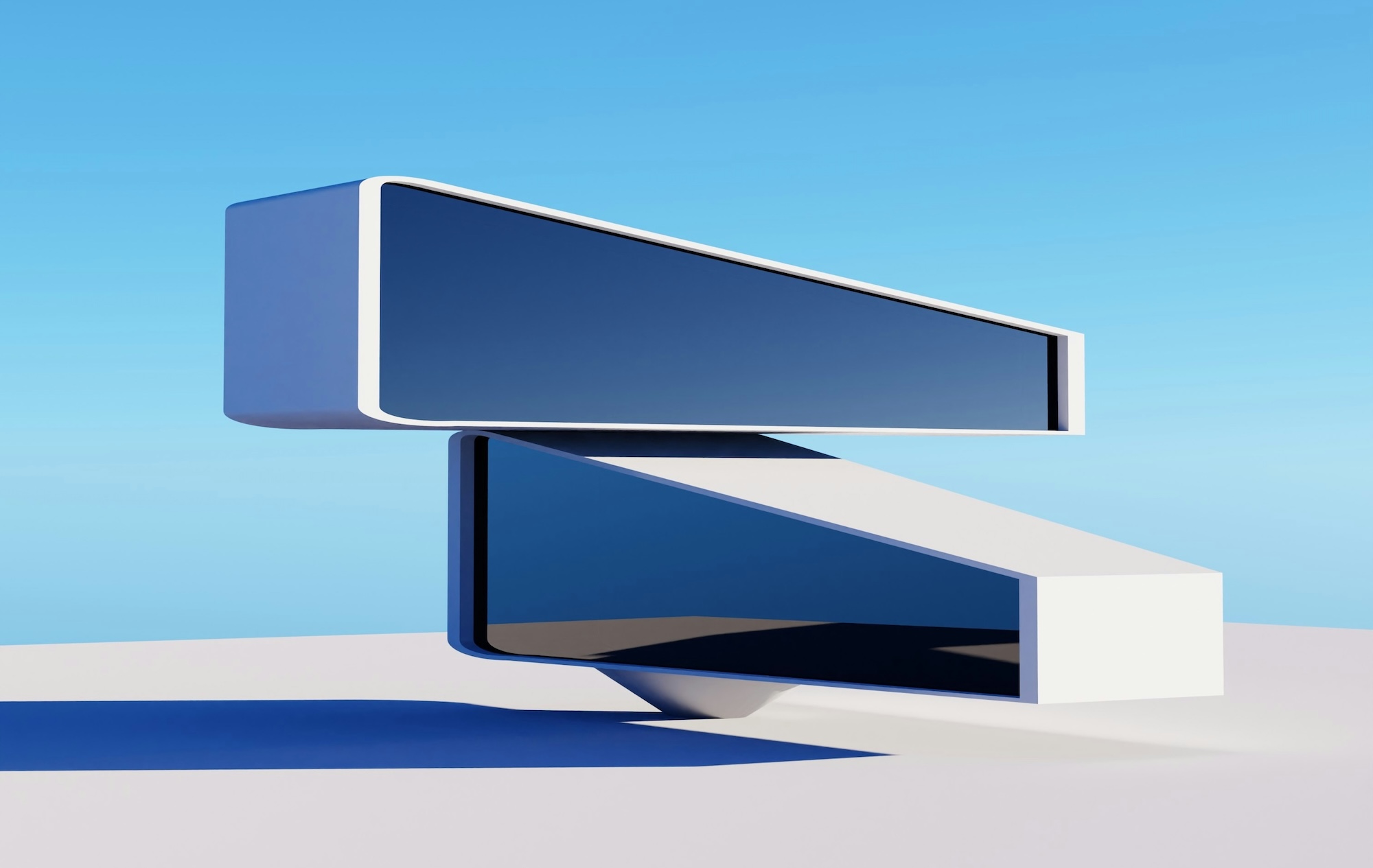There was a time—not that long ago—when “AI in AEC” mostly meant producing those slightly surreal “Zaha-inspired” renderings that flooded our feeds for six straight months. It was fun, it was noisy, and it felt like hype more than progress.
But over the past year, something has shifted. AI has quietly grown up in the AEC world. It’s no longer a curiosity; it’s becoming an actual workflow partner. Tools are moving beyond the novelty stage and beginning to rethink how design, iteration, and communication really happen.
A few platforms in particular show where things are heading.
Snaptrude is leaning fully into the idea that language—not geometry—is the new starting point for design. Their homepage is now literally a prompt box, which says everything you need to know about the direction they’re taking. Ask for a building, a layout, or a change and the software delivers something usable, not just a rough mass. The shift isn’t about AI drawing rectangles; it’s about design intent becoming the primary input. That’s a deep philosophical change.
Arcol, on the other hand, is framing the future around agents rather than features. Instead of adding another set of AI buttons, they’re asking what it would look like to have a competent assistant sitting inside the tool—someone you can tell, in plain language, to reorganise the floorplate, check a condition, or bring the model up to a certain level of detail. It’s a workflow built around conversation rather than command sequences, which aligns much more naturally with how architects think and iterate.
Then there’s Motif, pushing the visual boundary with not just AI renderings but full AI-generated videos. This might sound like a cosmetic upgrade, but it fundamentally changes how early-stage design is communicated. Clients don’t think in terms of sections and exploded axonometrics; they think in motion. The ability to produce cinematic walkthroughs early in the process removes an enormous amount of friction. Visualisation moves from a specialist bottleneck to an integrated part of the design conversation.
Across all of these tools, the common shift is clear: we’re moving from geometry-first software to intent-first software. Instead of coaxing a design out of a string of clicks, you describe what you want and let the system handle the starting point. The loop becomes faster, cleaner, and more collaborative.
AI isn’t replacing architects or designers. But it is reshaping the rhythm of the work—how we explore options, how we communicate ideas, and how much time gets spent on the mechanics rather than the thinking. The tools are beginning to differentiate their philosophies too: Snaptrude leaning into language, Arcol championing agents, Motif pushing visual storytelling. It feels like the hype cycle is finally giving way to practical, meaningful divergence.

Leave a Reply